A detailed overview of the IPAC Symposium curated by Apsaras Arts that celebrated all things that matter to the world of Bharatanatyam.
The IPAC (Indian Performing Arts Convection) by Apsaras Arts, held in the month of February, was the coming together of artistes, scholars and students all under one roof and enabling them to share their knowledge and soak in an artistic ambience and experience, in-person. This day-long symposium consisted of lec-dems, book readings, masterclasses, dance residencies and performances enabling the students to be mentored by senior artiste and creating work thereafter under their guidance.
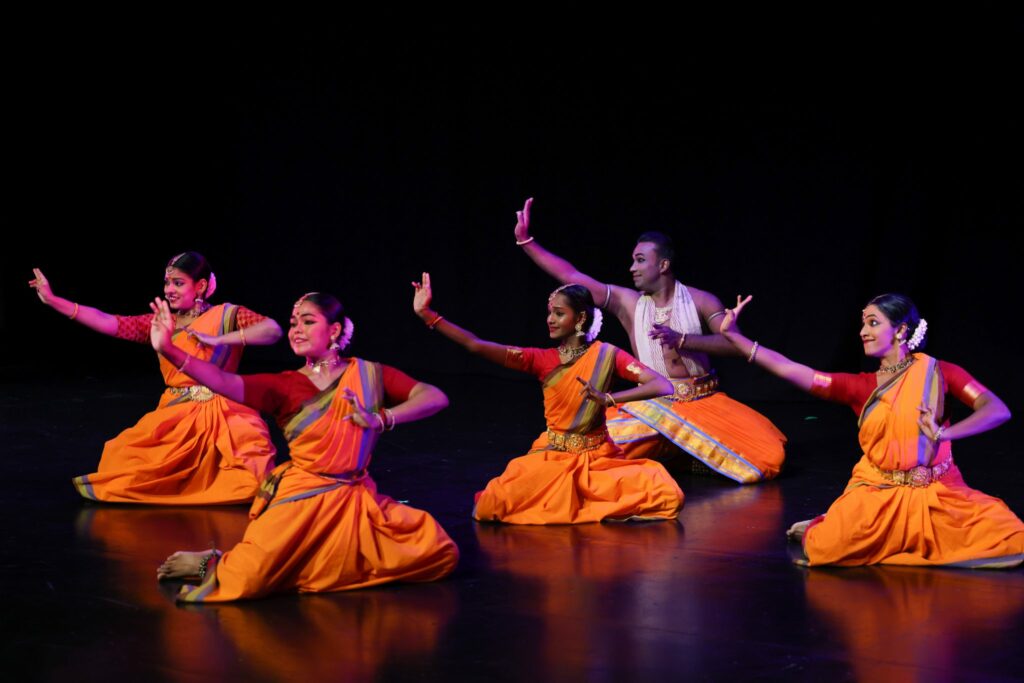
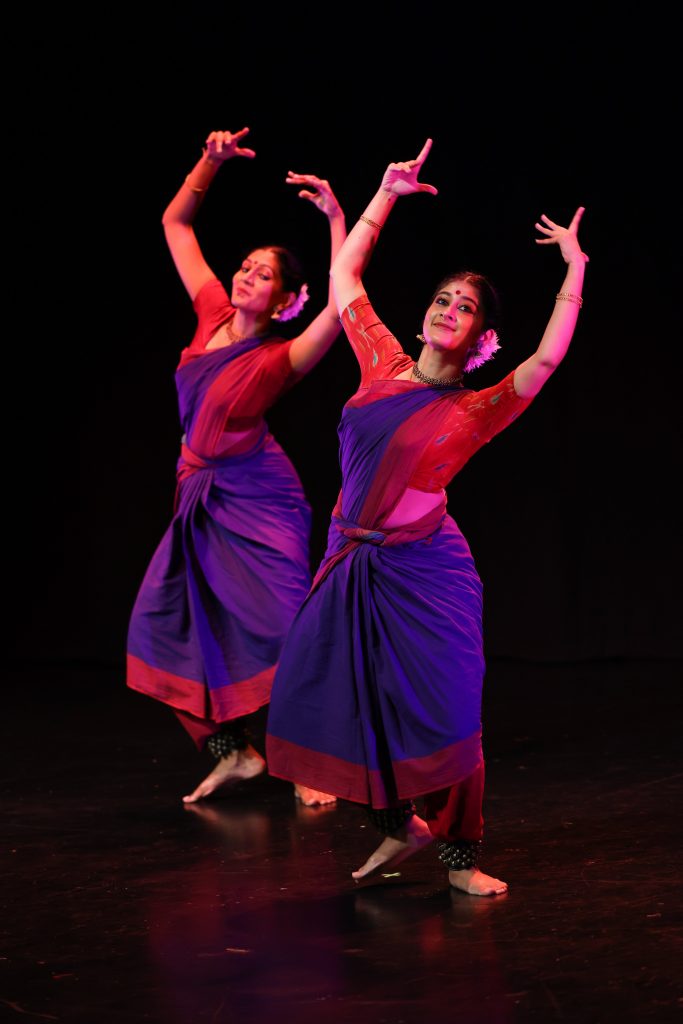
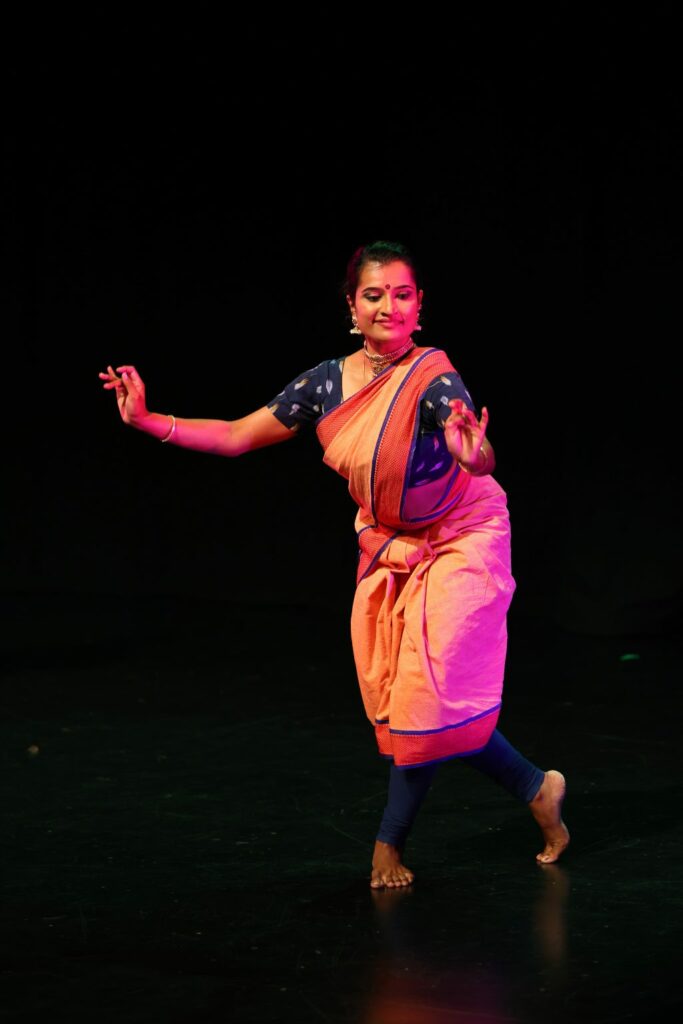
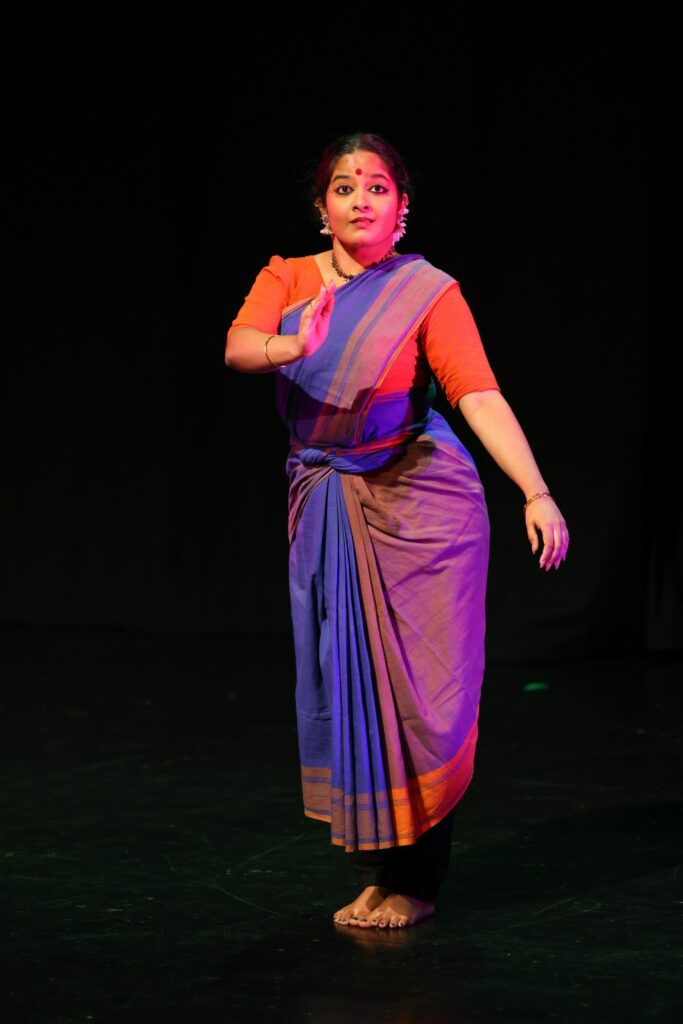
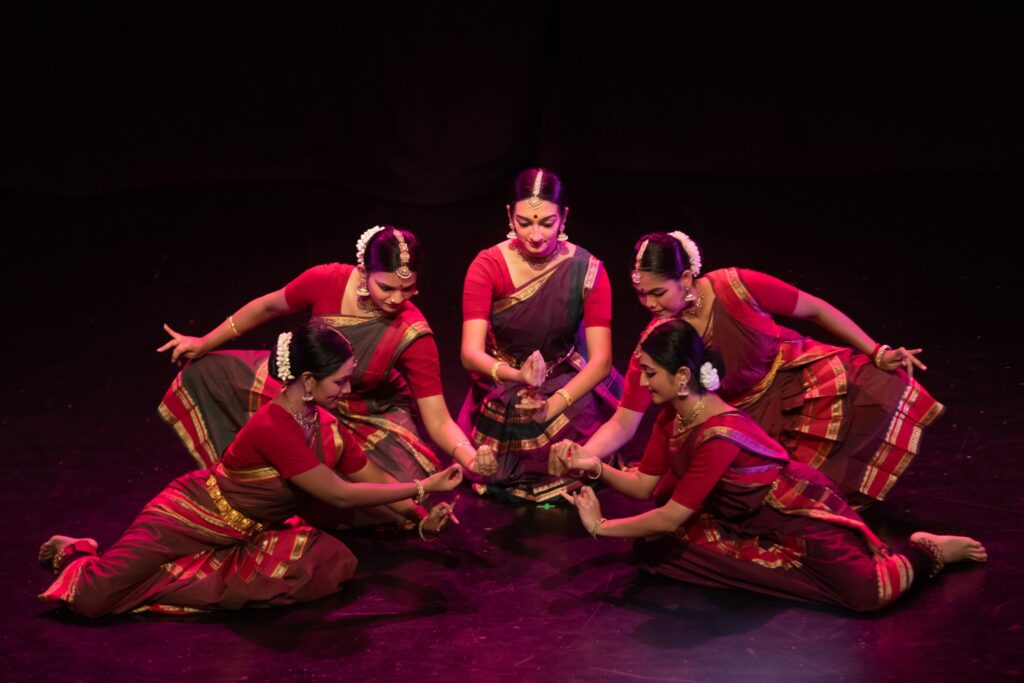
The main focus of the symposium, held on February 6 at the Esplanade Theatre Studio, Singapore, was the next generation of dancers who are keen to explore arts and artistry.
The symposium began with exploring innovation in Bharatanatyam Choreography and comprised of two sessions – Re-imagining Alarippu by Sreedevy Sivarajasingam and Exploring Trikala Jathis by Lakshmi Krishnan, mentored by Priyadarsini Govind and Sheejith Krishna respectively.
Sreedevy Sivarajasingam, a Bharatanatyam dancer-choreographer, underwent training at the Singapore Fine Arts society. The founding member of Omkar Arts, Sreedevy is a popular performer and teacher, having staged numerous shows in and around Singapore. Her session at IPAC was very interesting, in which she explored three Alarippus in Misra Jathi Jampa Talam in Tisra Nadai, the usual Tisra Eka Talam Alarippu and finally an Alarippu in Pancha Nadai. Each one was unique in its own way. While the first explored the rhythmic patterns, the second was an interesting exploration of the three energy points of the body and the final one was on unravelling the Panchakoshas.
Lakshmi Krishnan, a senior Bharatanatyam teacher at Temple of Fine Arts, Singapore, is a passionate artiste who has been involved in creative work and keen on bringing innovations to dance. Her session at IPAC explored different permutations and combinations with which one can approach a jathi as well as adavus. She also put forth ideas with which one could create different choreographies with the same jathi.
Roshini Pillay Kesavan, a dancer trained at SIFAS, and later under Neila Sathyalingam, kept the audience in attention while she talked about The Evolution of Bharatanatyam Pedagogy in Singapore. She shed light on the custodians of this ancient art form, the evolution, transmission and preservation by the traditional artistes and also on how this pedagogy has been applied to Bharatanatyam instruction in Singapore.
Another interesting session was The Perspectives of Abhinaya, which focussed on exploring padams based on emotions and reactions. This session was presented by Vardhini Subramaniam, demonstrated by Madhuri Suresh and Seema Harikumar, mentored under the guidance of abhinaya exponent, Bragha Bessell. The whole idea was depicted via the padam Kaaranam Keettu Vaadi, in which two different types of heroines explore the underlying emotions and reactions to the song.
Mohanapriyan Thavarajah, Principal Dancer and Resident Choreographer at Apsaras Arts Dance Company, shared his experiences of creating group work in the Company, specifically in extending the dance vocabulary to ensemble productions for specific themes. This has been his journey in the Company over the years, working on various group productions, including themes relating to South East Asian narratives.
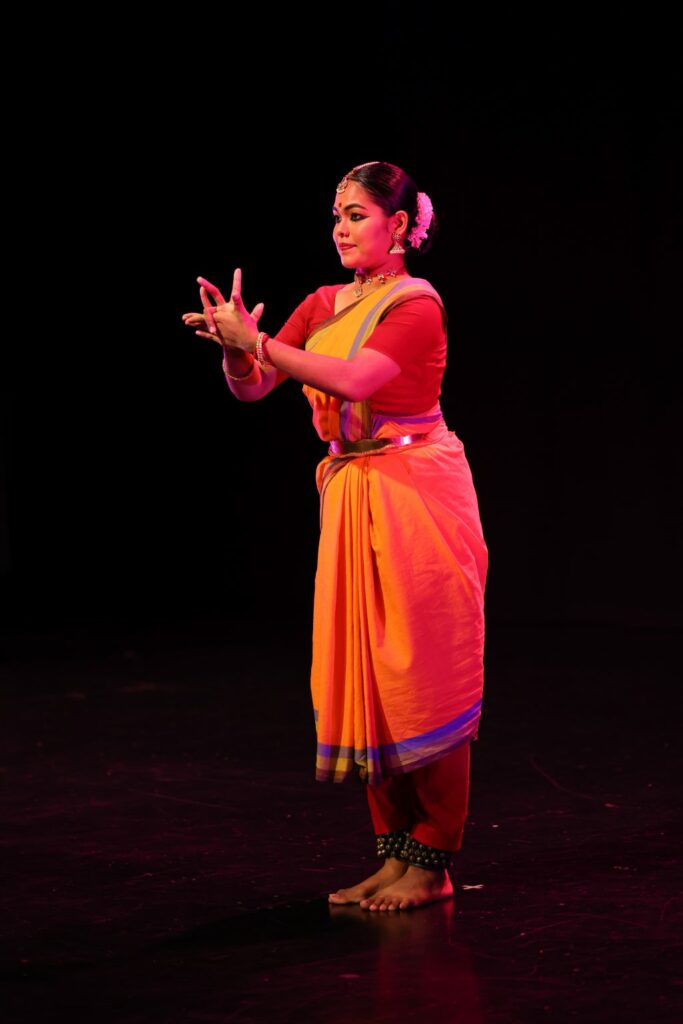
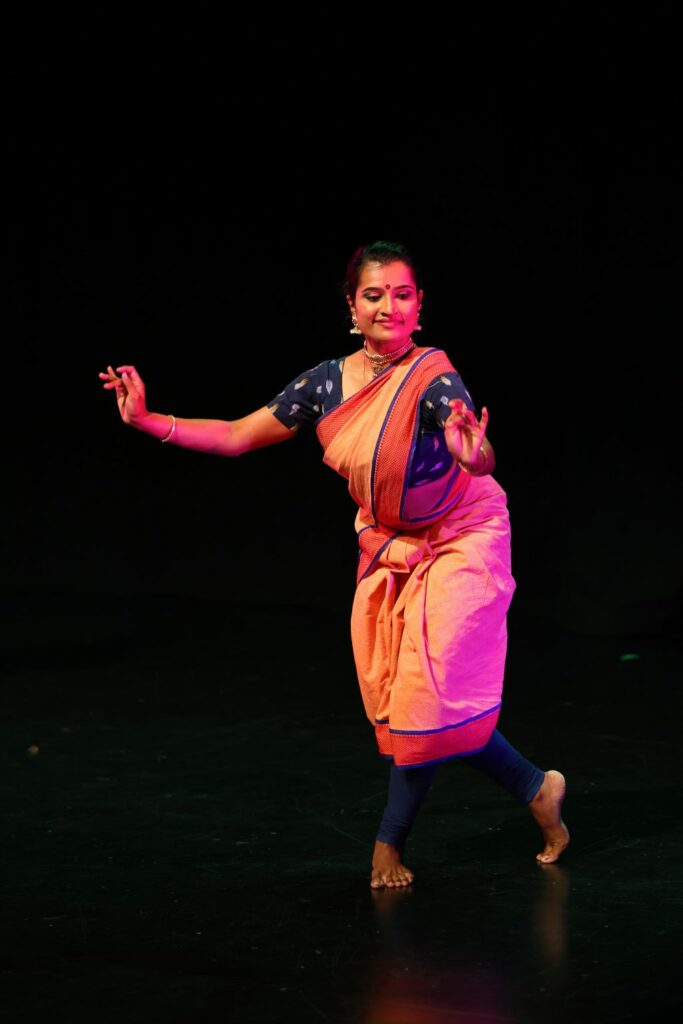
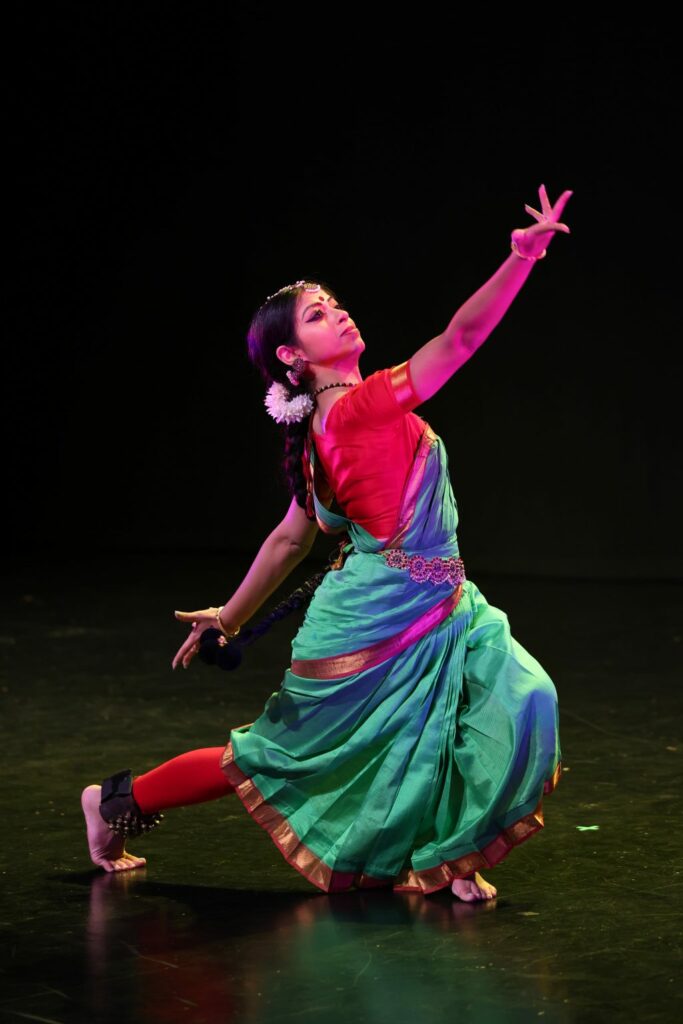
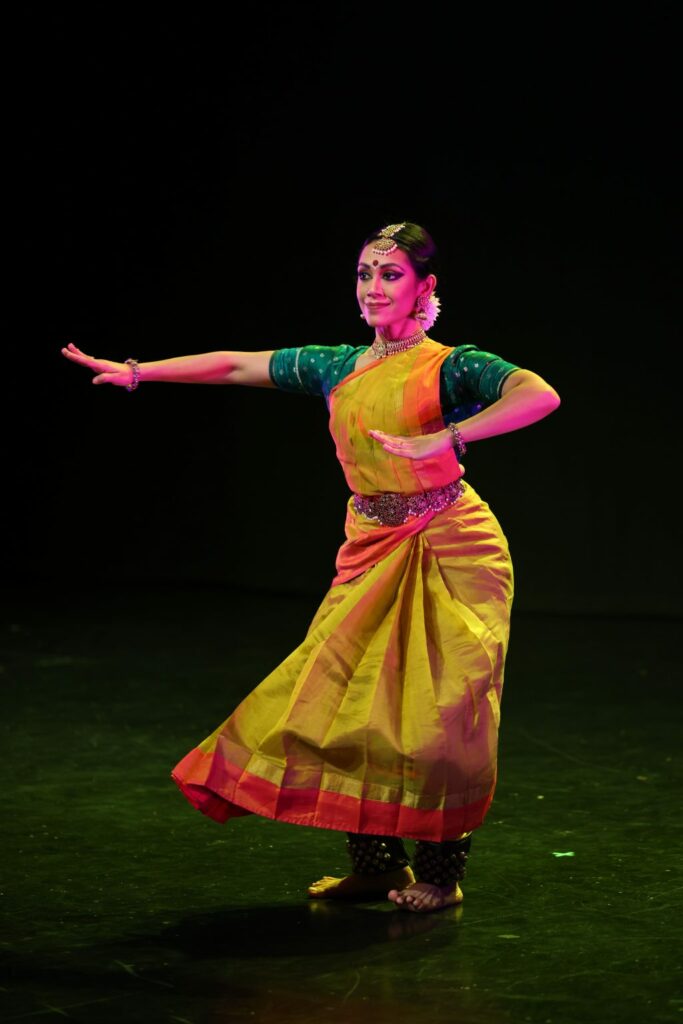
Millennial Adavus: Exploration of Bharatanatyam Adavus was a refreshing session on how to reinterpret the traditional adavus without losing their intrinsic structure. The ‘newness’ in the adavus in the millennial world, was brought to fore from the personal experiences and learnings of Apoorva Jayaraman and Shweta Prachande. They are being mentored under Priyadarsini Govind, and are artistes in their own right.
For any art form, the audience too plays a great role in encouraging the art as well as the artiste. This too was discussed in a panel discussion on the topic, Audience Experience of Bharatanatyam. The panel included five members of the audience, Vidhya Nair, Vidhya Venkat, Tharmendra Jayaraman, Sri Ganesh Lakshminarayanan and Jayashree Govindh. Various topics pertaining to what the audiences observe in a performance was deeply discussed. This session was moderated by Seema Hari Kumar.
Composing Music for Dance, a very relevant topic in the current scenario, was discussed by Dr Rajkumar Bharathi and Chitra Poornima. Needless to say, this exchange between the two artistes was interesting and thought provoking.
Exploring Contemporary dance by Indian Classical dancers Mavin Khoo and Akram Khan was one of the highlights of IPAC. The two dancers inspired many young and aspiring dancers of the audience, with their energetic exchange on the topic of contemporary dance. They discussed the importance of conviction of artistic choices and the notion of trajectory in performances.
Lastly, the symposium comprised a showcase performance by the dancers of Singapore Fine Arts. They performed the Dvijavanthi Thillana, which was choreographed by Rama Vaidyanathan.This particular Thillana, a composition of Balamurali Krishna, was choreographed with much thought and attention to detail. Rama Vaidyanathan says that she tried to keep the melodic phrases of the raga intact and at the same time, tried to capture the free-spirited nature of the legendary artiste in this Thillana.
Overall, IPAC Symposium was a gratifying experience, for both the curators, the artistes and the audience.









